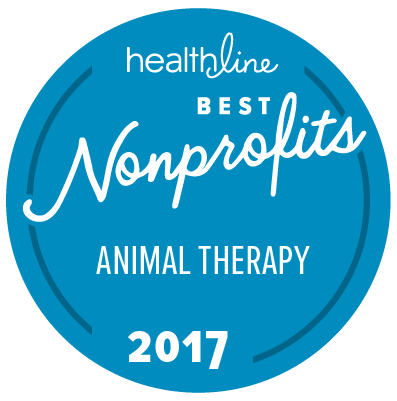Principal Investigators
Rationale
An estimated 1 in 36 children have autism spectrum disorder, marked by impaired communication and social abilities, and restricted/repetitive behaviors. Autistic youth have impaired self-regulation, defined as the ability to monitor, evaluate, and modify one’s arousal levels, emotions, and behavior to execute goal-oriented actions. Equine-assisted interventions demonstrate promise in improving self-regulation in autistic youth, and are often underpinned by a treatment theory that interacting with horses causes immediate changes to youth’s physiological arousal, leading to increasingly more regulated arousal states and behavior over time.
Thus far, research on equine-assisted interventions for autistic youth have combined mounted and unmounted humanequine interactions in a single intervention package. There remains a critical need for empirical investigation of the differential effects of mounted vs unmounted human-equine interactions on self-regulation in autistic youth.
Objective
This study will evaluate the immediate effects of mounted versus unmounted human-equine interactions on physiological and behavioral indicators of self-regulation in autistic youth.
Hypothesis
Researchers hypothesize that youth will have increased emotional arousal during the mounted condition compared to a calmer state of arousal during the unmounted condition.
Researchers hypothesize youth will be in a calmer state of arousal immediately after both the mounted and unmounted conditions compared to the no-horse control.
Researchers hypothesize that youth will demonstrate decreased irritability, hyperactivity, emotional reactivity, and dysphoria, per caregiver report, the 24-hours following the mounted and unmounted conditions compared to the no-horse control condition.
Design
In this randomized crossover trial, 24 autistic youth ages 6-16 years old will participate in three different conditions: 1) riding a horse, 2) grooming a horse, and 3) grooming a large stuffed horse (control condition). Outcomes include heart rate variability, electrodermal activity, and salivary cortisol before, during, and after the human-equine interaction. Parents will report on self-regulation behaviors 24-hours after the interaction.
Expected Results
This study aims to guide practice for the differential use of mounted vs unmounted human-equine interactions based on individual needs, and inform the development of completely unmounted equine-assisted services for this population.
Results of this study will be disseminated to equine-assisted services professionals to inform the differential use of mounted vs unmounted human-equine interactions based on participants’ individual needs and presenting concerns. Furthermore, it will inform the development and future testing of completely unmounted equine-assisted services for this population, enabling broader access to individuals who are unable to ride. This focus on unmounted equine-assisted services may also expand the role for horses in equine-assisted services who are no longer suited for mounted services. Finally, results will be used to select psychophysiological endpoints in future clinical trials of equine-assisted services for autistic youth.




